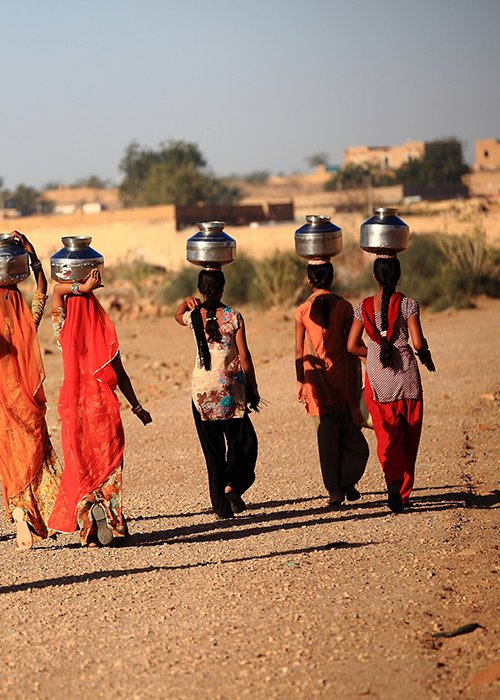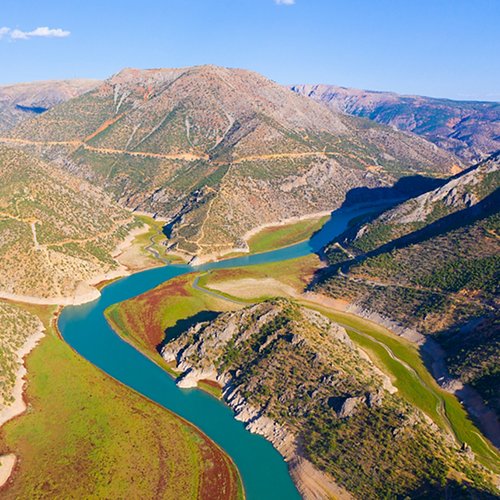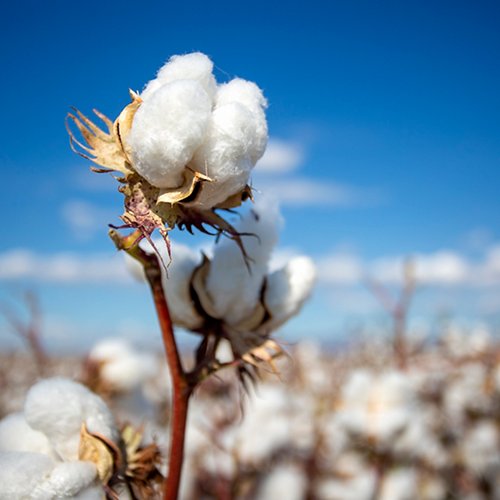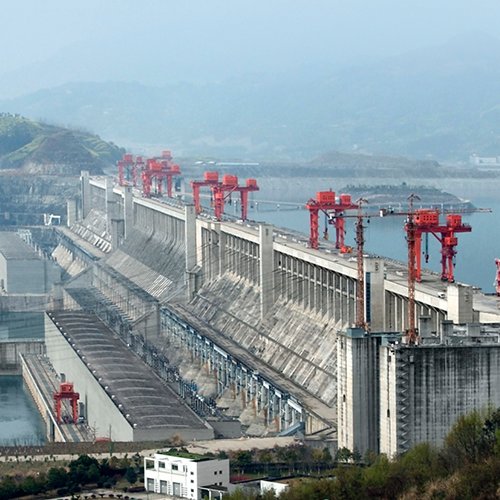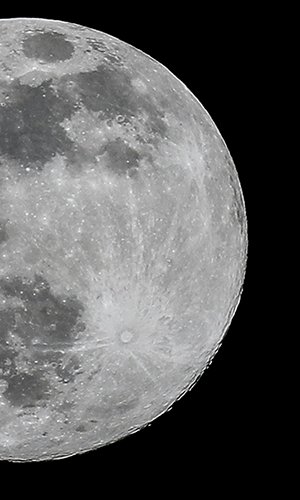“Clear, sweet fresh water,” wrote Petrarch, by many considered a precursor of Italian literature. Before him, St. Francis dedicated two of the first lines of his world-famous Canticle of the Creatures to water: “Praised be You, my Lord, through Sister Water, who is very useful and humble and precious and chaste.” Water is a symbol, a cult, the protagonist of holy books and rituals in the religions from all over the World, from Hebraism to Christianity, from Islam to Hinduism, venerated from ancient times by Greeks, Assyrians, Egyptians, Sumerians…
